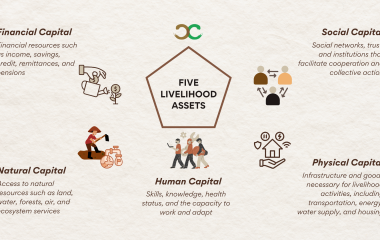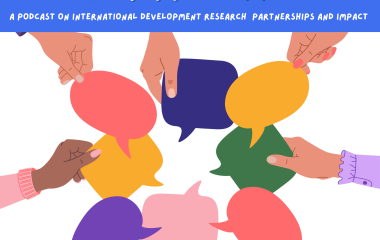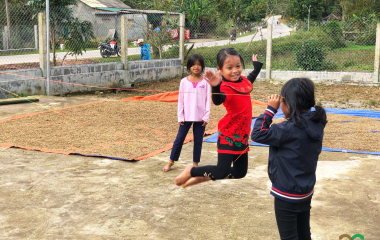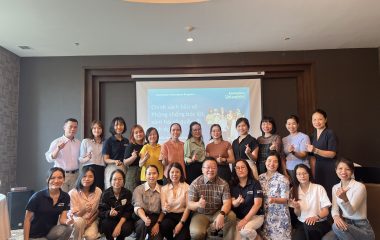The Common Good for the Few: Double Marginalization in Ethnic Minorities in Vietnam [2011]
- 23 October, 2018
- ckcvietnam
Research presented at Tropentag 2011 (Conference on International Research on Food Security, Natural Resource Management and Rural Development), Bonn 5-7 October 2011.
In countries where the majority of the population is comprised of one ethnic group, the remaining minority communities can remain or become further marginalised when the benefits of development projects accrue to the elite of the dominant ethnic group. This paper examines Vietnam’s ethnic minority communities who live in such marginal situations. Since doi moi (renovation) in 1986, an array of policies, programmes and projects have been implemented to empower people, in particular ethnic minorities. Despite applausive achievements especially in poverty reduction, ethnic minorities continue to be poorer and more disadvantaged than the majority Kinh community, elucidated by the lack/lower return of endowments and/or community characteristics (cf. Baulch et al. 2007).
This paper focuses on the relation between internal community structure and power relations, and development outcomes on ethnic minority villagers. Three case studies covering two of Central and Southern Vietnam’s most underprivileged ethnic communities – the Pahy and the Khmer – are examined. Ethnographic field research was conducted in August 2010 in Thua Thien Hue Province and March 2011 in the Vietnam’s Mekong Delta. In Rum Soc Village the case of the agricultural club illustrates how Kinh managers prominently represent and make decisions for the majority of Khmer farmers. The development story in Tri Ton District presents a contrasting picture of two neighbouring Khmer villages: while one village became a regional “model” of development through a disproportionately large receipt of knowledge, technology and financial transfer, the neighbouring “normal” village continues to confront harsh modern-day challenges with their backward farming techniques. Finally, Khe Tran Village provides a good example of the momentous changes brought about by 20 years of governmental projects, yet close investigation reveals that the beneficiaries are just a few powerful Pahy-Kinh households with the majority lagging behind.
The paper substantiates that the benefits of development projects, in the name of the common good, are reaped by just a few powerful elites. Poorly designed and monitored development interventions that ignore power relations and are biased in their beneficiary selection vigorously back up and strengthen the local-level structural power inequity. This pushes ethnic minorities to the second layer of marginalisation.














